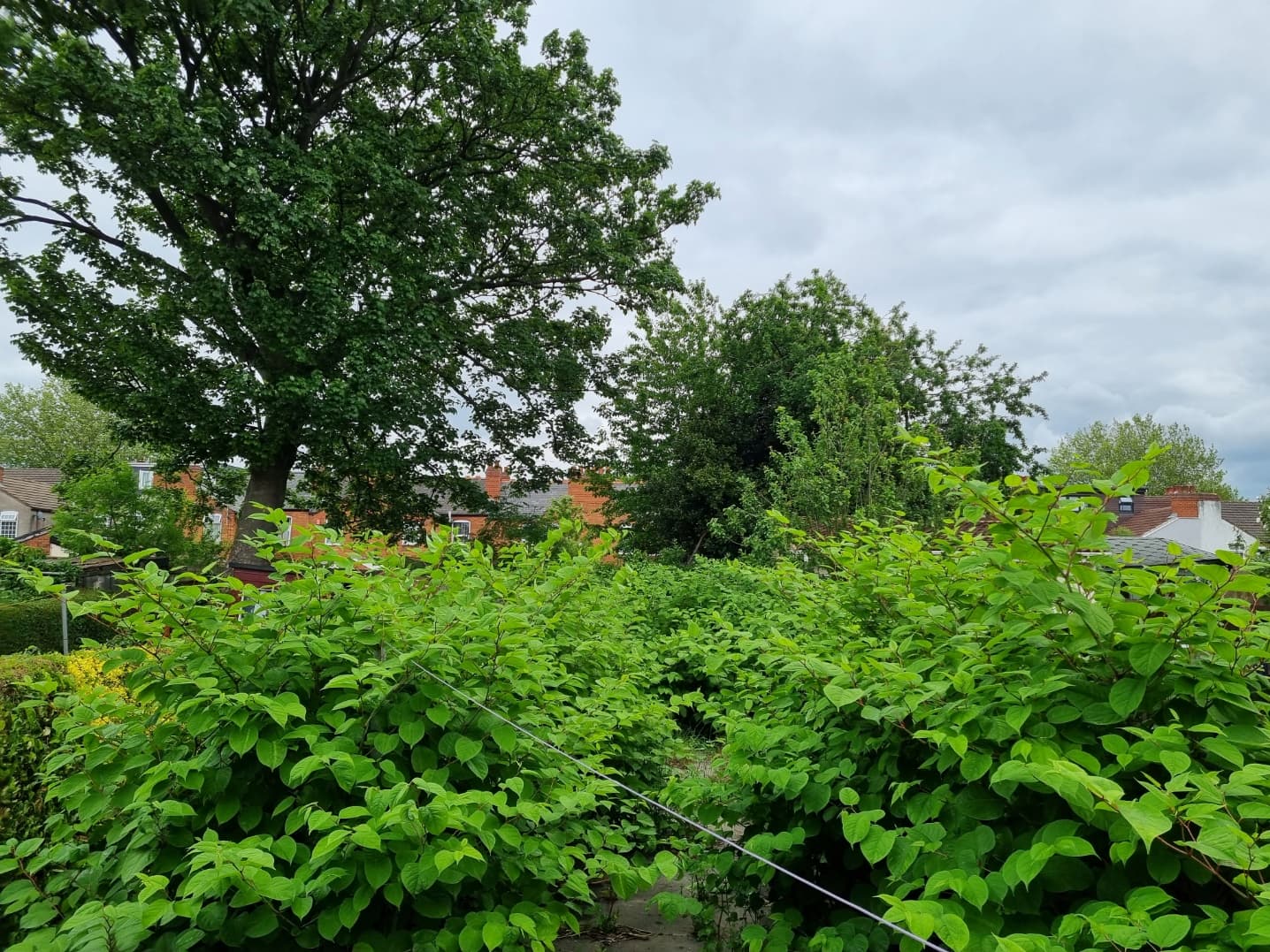Contents
- Introduction
- Understanding Invasive Weeds
- Legal Obligations and Regulatory Frameworks
- Identification and Risk Assessment
- Effective Prevention Strategies
- Regular Monitoring
- Proper Land Management
- Use of Barriers
- Community Engagement
- Control Methods
- Manual Removal
- Chemical Treatments
- Biological Control
- Mechanical and Cultural Control Strategies
- Cutting and Digging
- Soil Management
- Biosecurity Protocols
- Integrated Weed Management (IWM)
- Landscape Design Strategies
- IWM Biological Control Approaches
- Collaborative Stakeholder Engagement
- Local Authority Partnerships
- Community Outreach Initiatives
- Conclusion
- Resources
Introduction
Hey there, fellow land managers! If you’ve ever looked out over a field and seen those pesky invasive weeds creeping in, you know how frustrating it can be. One minute, everything’s looking pristine, and the next, you’re dealing with a plant that’s taking over faster than you can say “not again!” Don’t worry, though—we’ve got your back. In this blog post, we’re diving into some practical ways to prevent those invasive weeds from spreading, ensuring your land stays healthy and thriving. So, grab a cuppa, and let’s get started!
Understanding Invasive Weeds
Before we jump into tactics, let’s have a quick chat about what invasive weeds actually are. These are non-native plants that, once introduced, can outcompete local flora for resources like light, water, and nutrients. They often spread like wildfire, making them a nightmare for land managers. Common culprits here in the UK include Japanese Knotweed, Giant Hogweed, and Himalayan Balsam. Understanding their behaviours and growth patterns is key to keeping them at bay.
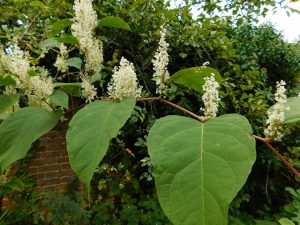
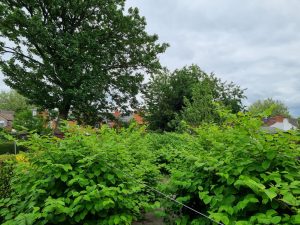
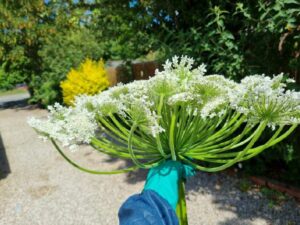
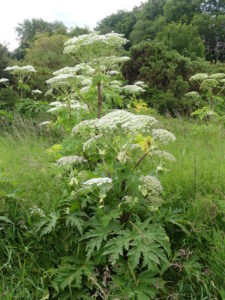
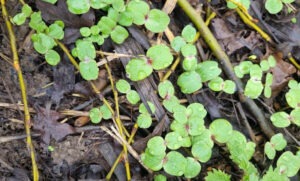
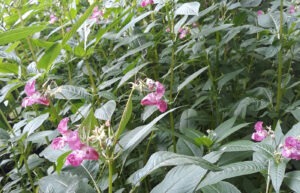
Invasive weeds pose significant ecological, economic, and legal challenges for land managers across the United Kingdom. Species such as Japanese knotweed (Fallopia japonica), giant hogweed (Heracleum mantegazzianum), Himalayan balsam (Impatiens glandulifera), and common ragwort (Jacobaea vulgaris) threaten native biodiversity, damage infrastructure, and incur substantial control costs. Effective management requires a multifaceted approach combining legal compliance, chemical and mechanical interventions, biosecurity protocols, and collaborative stakeholder engagement. Recent advancements in Integrated Weed Management (IWM) strategies, such as targeted herbicide applications and landscape design modifications, have reduced reliance on broad-spectrum chemicals while improving long-term control outcomes. This report synthesizes current best practices, legislative frameworks, and innovative solutions to equip land managers with actionable strategies for mitigating invasive weed spread.
Legal Obligations and Regulatory Frameworks
Land managers in the UK must navigate a complex legislative landscape to avoid prosecution and minimize ecological harm. Under the Wildlife and Countryside Act 1981, it is illegal to plant or cause the growth of Schedule 9 species in the wild, including Japanese knotweed and giant hogweed. The Environmental Protection Act 1990 further classifies invasive plant material as controlled waste, requiring disposal at licensed facilities to prevent accidental spread. Failure to comply can result in unlimited fines under the Anti-Social Behaviour, Crime and Policing Act 2014, particularly if invasive weeds encroach on neighboring properties.
Local authorities and private landowners are legally obligated to implement reasonable control measures. For example, the Weeds Act 1959 mandates the control of ragwort near agricultural land to protect livestock. Natural England enforces this through statutory notices, and non-compliance may lead to government-led clearance with cost recovery from the landowner. Recent updates to the Invasive Alien Species (Enforcement and Permitting) Order 2019 expand these responsibilities to include 36 high-risk species, such as floating pennywort (Hydrocotyle ranunculoides) and Chilean rhubarb (Gunnera tinctoria), which exhibit rapid colonization in aquatic and terrestrial ecosystems.
Identification and Risk Assessment
Accurate species identification forms the foundation of effective weed management. The UK Non-Native Species Secretariat (NNSS) provides detailed guides to distinguish invasive plants from native lookalikes. For instance, Japanese knotweed’s bamboo-like stems and heart-shaped leaves differ from the serrated foliage of Himalayan balsam, which produces pink helmet-shaped flowers. Misidentification can lead to inadequate treatment; giant hogweed’s toxic sap causes severe phytophotodermatitis, necessitating specialised handling protocols.
Risk assessments should evaluate:
- Propagation vectors: Rhizome fragments (knotweed), wind-dispersed seeds (ragwort), or waterborne seeds (Himalayan balsam).
- Site vulnerability: Proximity to watercourses, protected habitats, or infrastructure like roads and buildings.
- Economic impact: A 2025 study estimated that Japanese knotweed alone reduces property values by £166 million annually due to structural damage and remediation costs
Effective Prevention Strategies
Regular Monitoring
Regular monitoring is the cornerstone of effective invasive weed prevention. Set aside dedicated time each week to inspect your land thoroughly. Look for any unusual plant growth, especially in areas where invasive species have been spotted before. Create a detailed checklist of what to look for, including specific characteristics of common invasive weeds like Japanese Knotweed, Giant Hogweed, and Himalayan Balsam. Document your findings meticulously, noting the location, size, and type of any suspicious plants. This will help you track changes over time and identify patterns that may indicate the early stages of an infestation.
Proper Land Management
Healthy land management practices are essential for preventing invasive weeds. Start by ensuring your soil is in optimal condition—rich in nutrients and well-drained. Rotate your crops regularly to prevent soil depletion and reduce the chances of invasive species taking hold. Avoid over-grazing, as this can weaken native plants and create opportunities for invasives to establish themselves. Consider planting native species that are well-adapted to your local environment and can outcompete invasive weeds. These plants not only enhance the aesthetic appeal of your land but also provide crucial habitats for local wildlife, fostering a balanced ecosystem.
Use of Barriers
Physical barriers can be an effective way to prevent the spread of invasive weeds. Install landscape fabric in areas prone to weed growth to block sunlight and prevent seeds from germinating. Mulch can also be used to smother invasive seeds and improve soil health. Think of these barriers as a defensive fence—they create a physical obstacle that makes it harder for weeds to take root. Regularly inspect and maintain these barriers to ensure they remain effective.
Community Engagement
Engaging your local community is a powerful strategy for preventing the spread of invasive weeds. Share your knowledge and experiences with neighbours, local farmers, and land managers. Organise workshops and information sessions to educate others about the importance of early detection and control methods. Encourage collective action, such as coordinated monitoring and removal efforts. The more people who are aware and involved, the less likely invasive weeds are to gain a foothold. Collaboration not only strengthens your prevention efforts but also builds a supportive network that can respond quickly to any threats.
Control Methods
When it comes to controlling invasive weeds, it’s crucial to approach the situation with caution and expertise. Here are some methods to consider, but remember, professional services are often the best route to ensure safety and effectiveness.
Manual Removal
For smaller infestations, manual removal can be effective. This involves carefully digging up the plants, including their roots. However, it’s important to note that some invasive species, like Japanese Knotweed, have extensive root systems that can regrow from tiny fragments. Therefore, it’s often best to hire professionals who have the tools and knowledge to ensure complete removal.
Chemical Treatments
Herbicides remain a cornerstone of invasive weed management but require judicious application to minimize environmental harm. Glyphosate-based herbicides are approved for knotweed and ragwort control, with stem injection or foliar spraying during active growth phases (April–September) yielding up to 95% efficacy. However, widespread public concern over glyphosate’s ecological impact has driven adoption of low-volume droplet application (LVDA) systems, which reduce chemical usage by 60% while maintaining precision.
Certification and compliance are critical. Operators must hold a National Proficiency Tests Council (NPTC) Certificate of Competence or work under certified supervision to handle restricted herbicides.
Herbicides can be necessary for larger or more established infestations. However, applying these chemicals requires precision and expertise to avoid harming the surrounding environment or nearby native plants. Always consult with a professional invasive weed control service to ensure the correct herbicides are used safely and effectively.
Biological Control
For a more environmentally friendly approach, biological control involves introducing natural predators or diseases that target the invasive plants. This method requires careful planning and monitoring to ensure it doesn’t disrupt the local ecosystem. Again, professional guidance is recommended to implement this strategy effectively.
Mechanical and Cultural Control Strategies
Non-chemical methods complement herbicide use, particularly in ecologically sensitive areas.
Cutting and Digging
Manual removal of Himalayan balsam before seed maturation (July–August) prevents explosive dispersal. For knotweed, repeated cutting every 2–3 weeks depletes rhizome reserves but requires 3–5 years for eradication.
Soil Management
Contaminated soil must be buried in situ at depths exceeding 5 metres or contained in root-barrier membranes to prevent regrowth. Thermal treatment via controlled burns eliminates viable plant material but demands air quality permits.
Biosecurity Protocols
Strict decontamination of machinery, footwear, and clothing prevents cross-site contamination. The Property Care Association recommends designating clean zones and dirty zones on development sites, with wheel washes and brush stations at transition points.
Integrated Weed Management (IWM)
IWM combines chemical, mechanical, and ecological tactics to create sustainable, long-term solutions.
Landscape Design
Preventative design reduces weed establishment by:
- Selecting dense ground-cover plants (e.g., Pachysandra terminalis) to outcompete invaders.
- Installing smooth, jointless surfaces (e.g., resin-bound paving) to minimize soil accumulation in cracks.
- Avoiding sharp kerb edges that trap organic debris and foster weed growth.
IWM Biological Control
Experimental releases of Japanese knotweed psyllids (Aphalara itadori) have shown promise in Wales, with the insects reducing plant biomass by 30% in trial sites. However, biocontrol agents require DEFRA approval and long-term monitoring to prevent unintended ecological consequences.
Collaborative Stakeholder Engagement
Successful weed management hinges on cooperation between landowners, local authorities, and environmental agencies.
Local Authority Partnerships
Over 90 UK councils have adopted glyphosate-free policies for public spaces, opting instead for foam-based herbicides and hot-water treatments. Collaborative funding models, such as Local Nature Partnerships, pool resources for regional eradication programs targeting high-priority species like giant hogweed.
Community Outreach
Public education campaigns, like the Be Plant Wise initiative, raise awareness about disposing of garden waste responsibly to prevent invasive spread. Land managers can leverage citizen science platforms like iRecord to crowdsource weed sightings and prioritize treatment zones.
In all cases, it’s wise to consult with experts who specialise in invasive weed control. They can assess your specific situation, develop a tailored management plan, and ensure that the control methods used are safe, effective, and compliant with local regulations.
Conclusion
Preventing the spread of invasive weeds may seem like a daunting task, but with the right strategies and a proactive approach, you can effectively protect your land. Regular monitoring, proper land management, the use of physical barriers, and community engagement are all crucial components of a successful prevention plan. By staying vigilant and taking immediate action, you can stop invasive weeds in their tracks before they become a significant problem.
Remember, the key to success is early intervention and continuous effort. Don’t hesitate to seek professional help when needed, especially for more aggressive species like Japanese Knotweed. Together, we can safeguard our ecosystems and ensure that our lands remain healthy and thriving for generations to come. So, stay alert, stay informed, and let’s keep those invasive weeds at bay!
Resources
- Royal Horticultural Society – Invasive Weeds
- Natural England – Invasive Non-Native Species
- The Wildlife Trusts – Invasive Species
The Postcode Areas We Serve
Gloucester and Swindon
Birmingham and the Midlands
Bristol and the South West
Cardiff and South Wales
